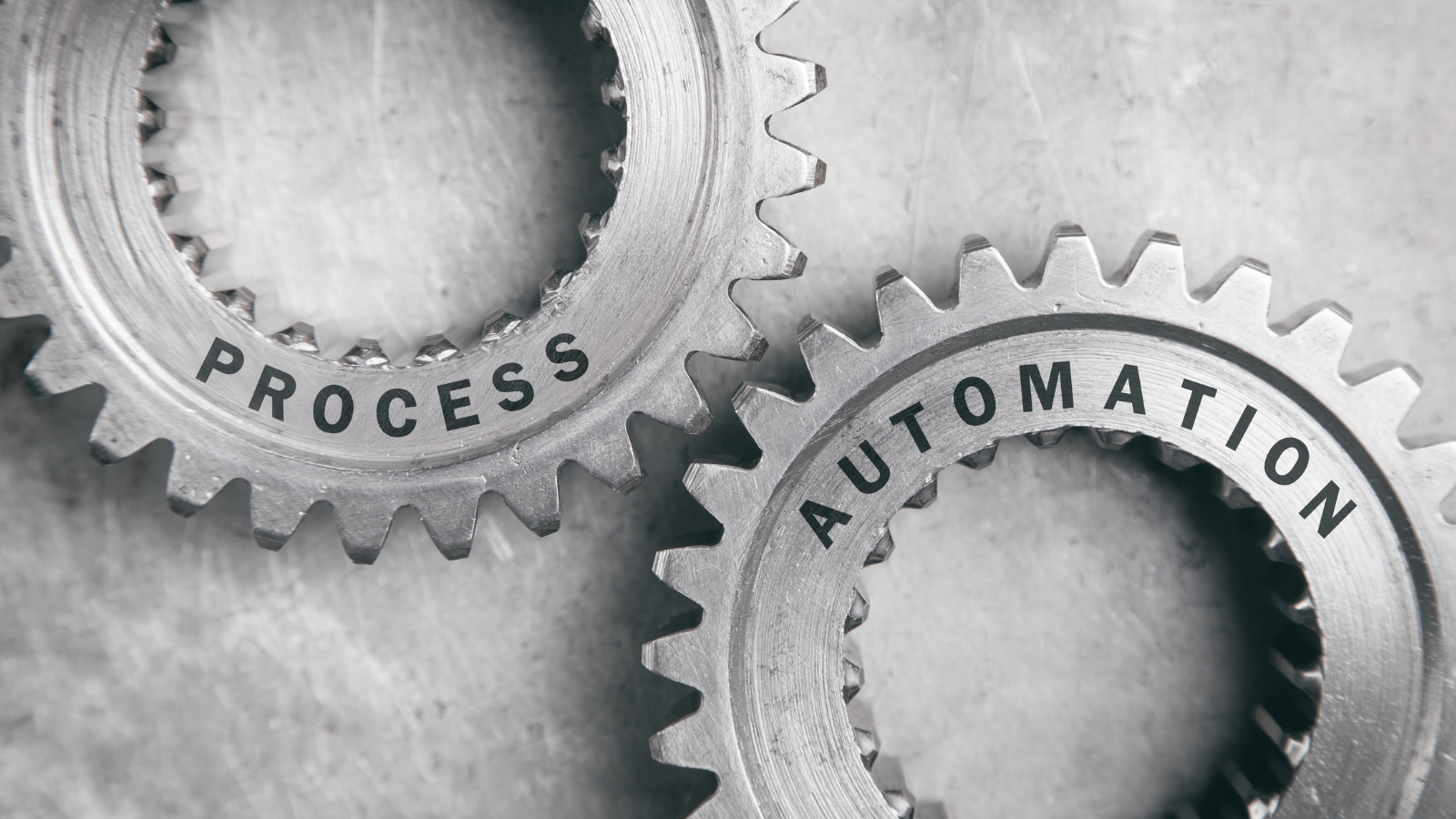In the digital age, automation has become an essential tool for businesses to streamline their operations. Accounting software plays a crucial role in managing financial records and transactions.
This blog will guide you through the process of automating your entries in accounting software, which will save time, reduce errors, and enhance efficiency.
Choose the right accounting software
To automate your accounting entries effectively, begin by selecting the right accounting software for your business. Popular options include Xero, QuickBooks, and Sage. Assess your business requirements, scalability, integration capabilities, and pricing models to make an informed decision.
Set up bank feeds
Bank feeds are a timesaving feature available in most accounting software. They automatically import your bank transactions, eliminating the need for manual data entry. Connect your accounting software with your bank accounts, credit cards, and payment gateways to ensure seamless integration. Regularly reconcile your transactions to maintain accurate financial records and detect any discrepancies promptly.
Utilise rules and templates
Many accounting software platforms offer rules and templates that automate the categorisation of transactions. Create rules based on keywords, payees, or transaction amounts to assign specific accounts or categories automatically. Templates can also be used to streamline recurring entries such as monthly rent, utility bills, or employee salaries. This ensures consistency and reduces the time spent on repetitive data entry.
Integrate with third-party applications
Consider integrating your accounting software with other business applications, such as customer relationship management (CRM) systems or e-commerce platforms. This allows for seamless data transfer, eliminating the need for manual input. For instance, integrating your accounting software with a CRM system can automatically generate invoices and update customer balances. These integrations boost productivity and accuracy across different processes.
Implement automatic invoice generation
Automate your invoicing process by using the invoice generation feature available in most accounting software. Set up recurring invoices for regular customers, saving time and effort. Integrate your accounting software with your sales or e-commerce platform to automatically generate invoices upon completion of a sale. This streamlines the billing process, reduces errors, and ensures timely payment tracking.
Schedule and automate reports
Regular financial reporting is essential for monitoring the health of your business. Leverage the reporting capabilities of your accounting software to automate the generation and distribution of reports. Set up a schedule to generate key financial reports such as profit and loss statements, balance sheets, or cash flow statements. This ensures that you have up-to-date financial insights without the need for manual intervention.
Automating your entries in accounting software empowers you to streamline your accounting processes, reduce errors, and save valuable time. By leveraging features such as bank feeds, rules and templates, integration with third-party applications, automatic invoice generation, and scheduled reporting, you can optimise your accounting workflow, allowing you to focus on strategic decision-making and business growth.


 Private client and personal tax
Private client and personal tax  Cloud accounting, bookkeeping and VAT
Cloud accounting, bookkeeping and VAT  Xero Gold Partners
Xero Gold Partners  Business services
Business services 
